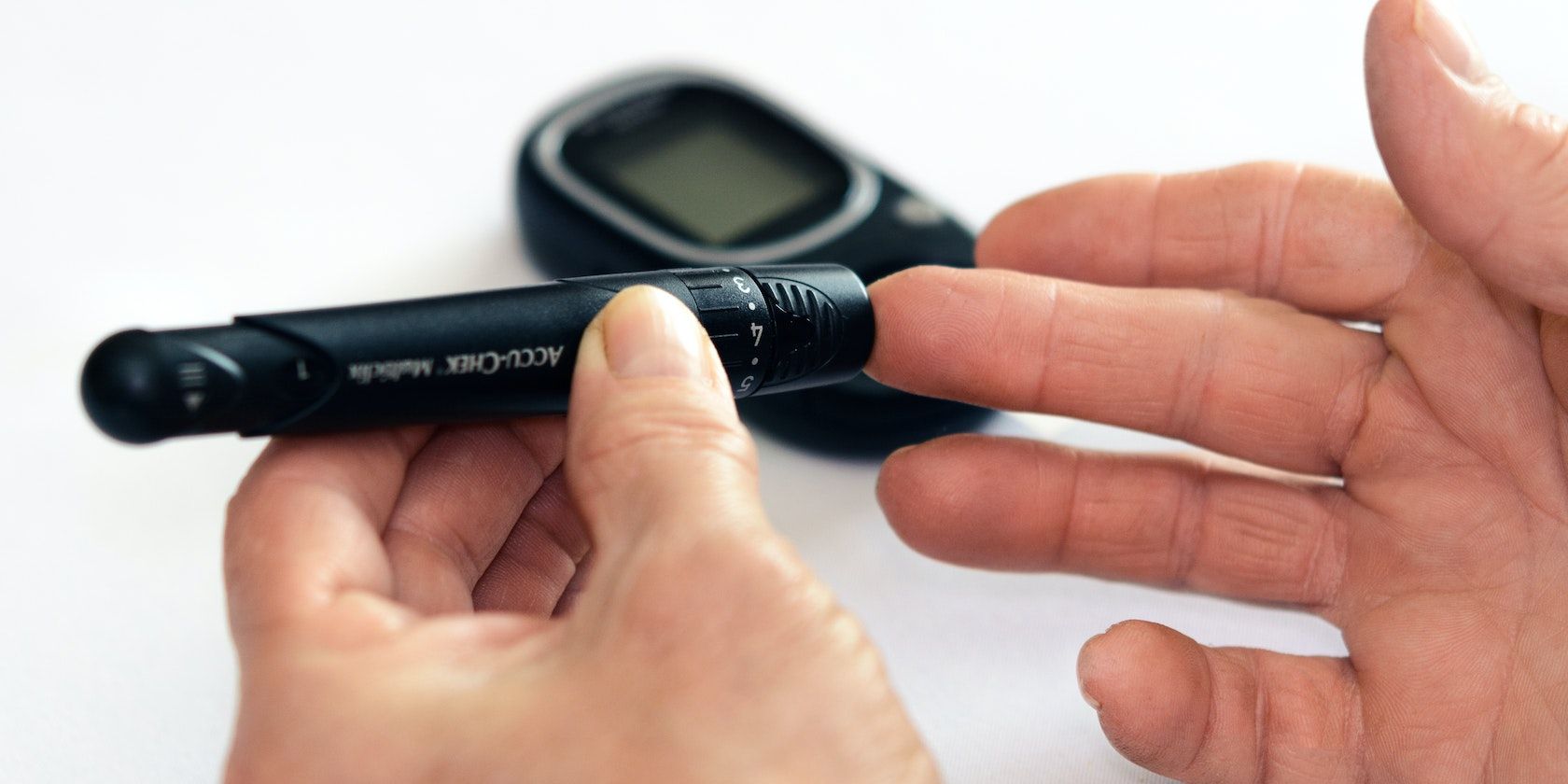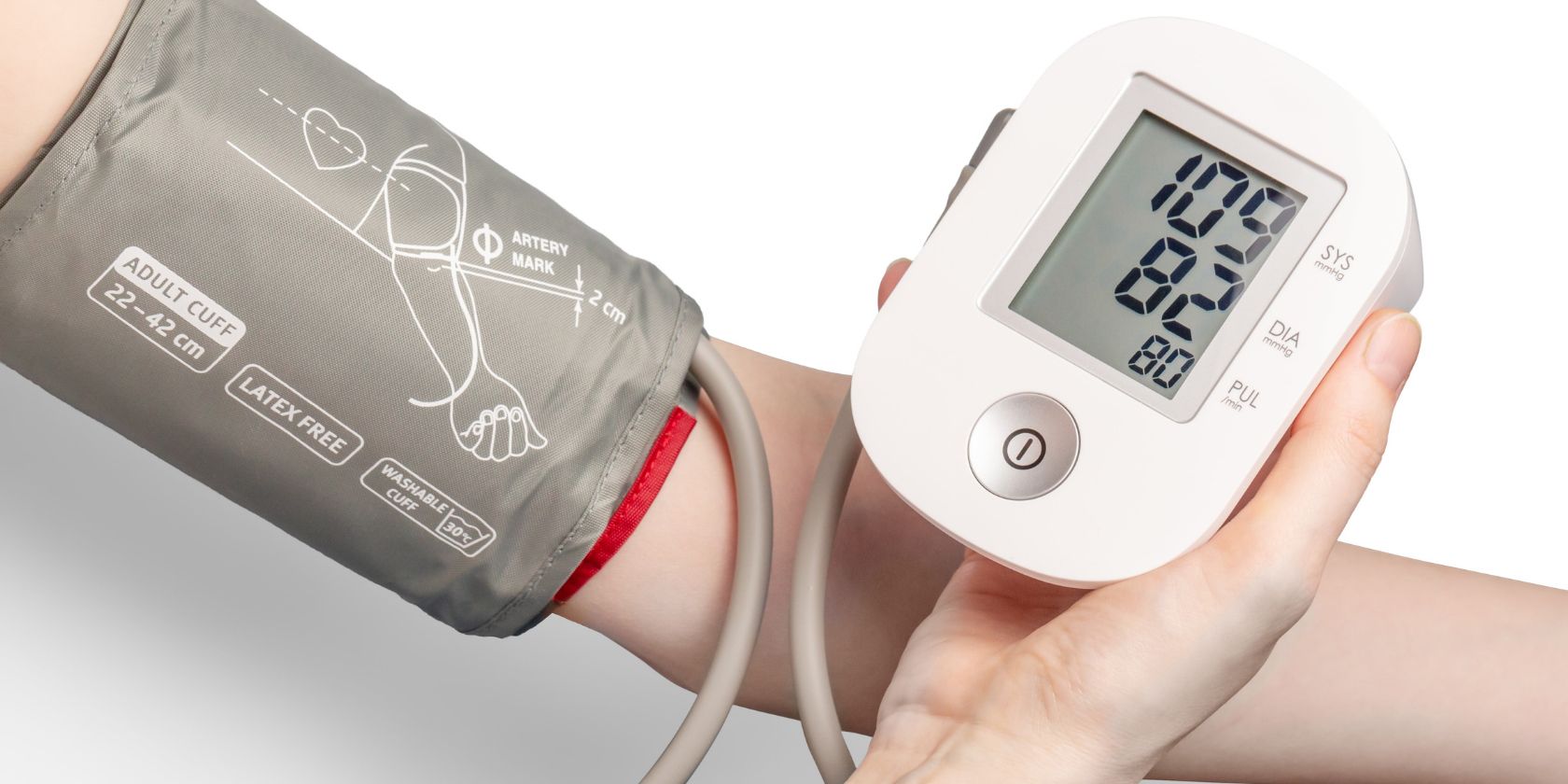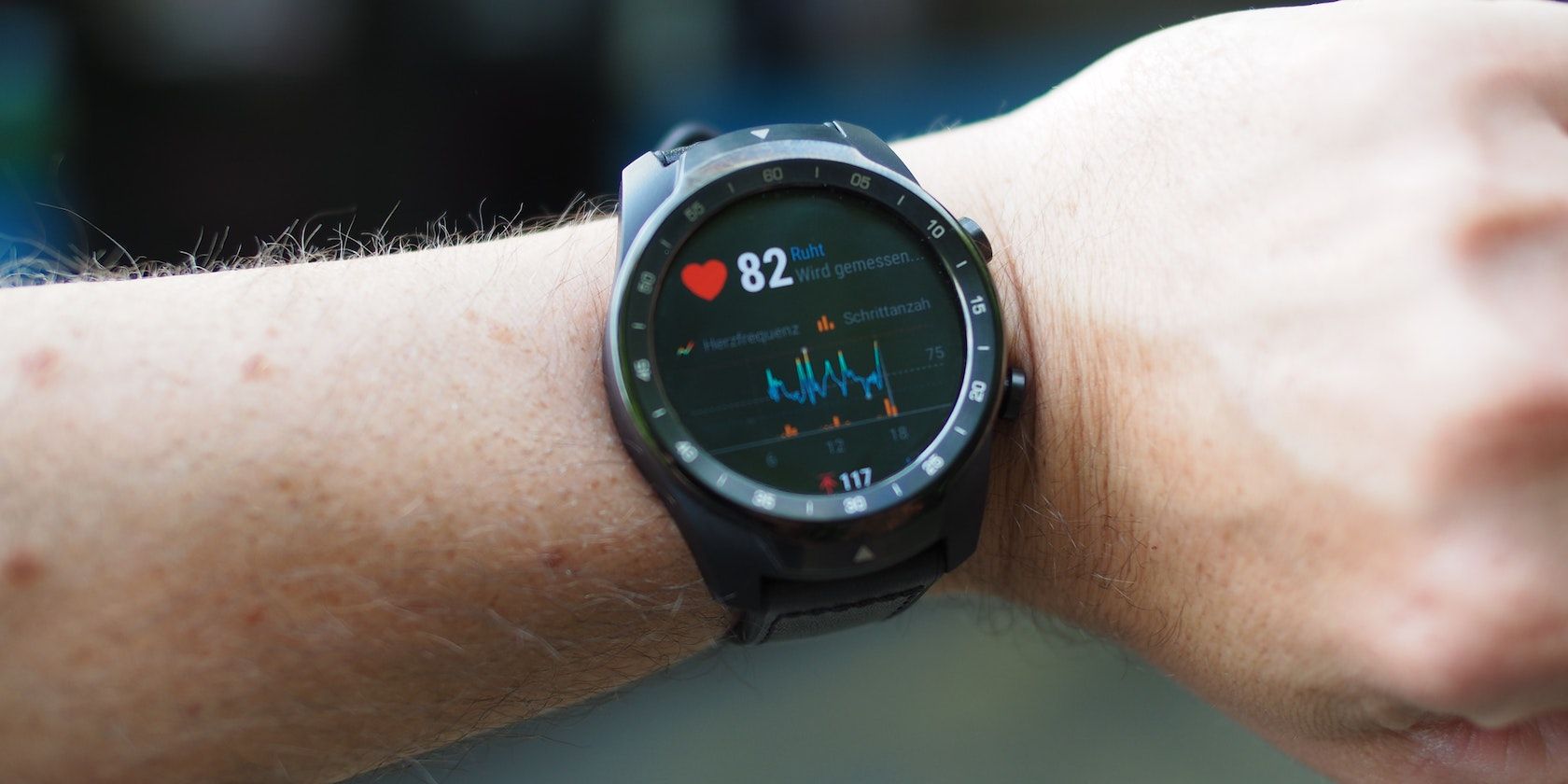Keeping your heart healthy is a lot harder than most would think. Almost a third of the world's population faces a high risk of heart disease due to a lack of preventative measures and other factors.
However, the good news is that technology has made it possible for anyone to find information on their condition and manage their health situation easily. Apple Health, Fitbit, and other apps have revolutionized how people monitor their health.
Learn about some easy ways to keep your heart healthy with apps or smart devices that can help track health metrics such as blood pressure, weight, activity levels, and more.
1. Track Your Blood Sugar
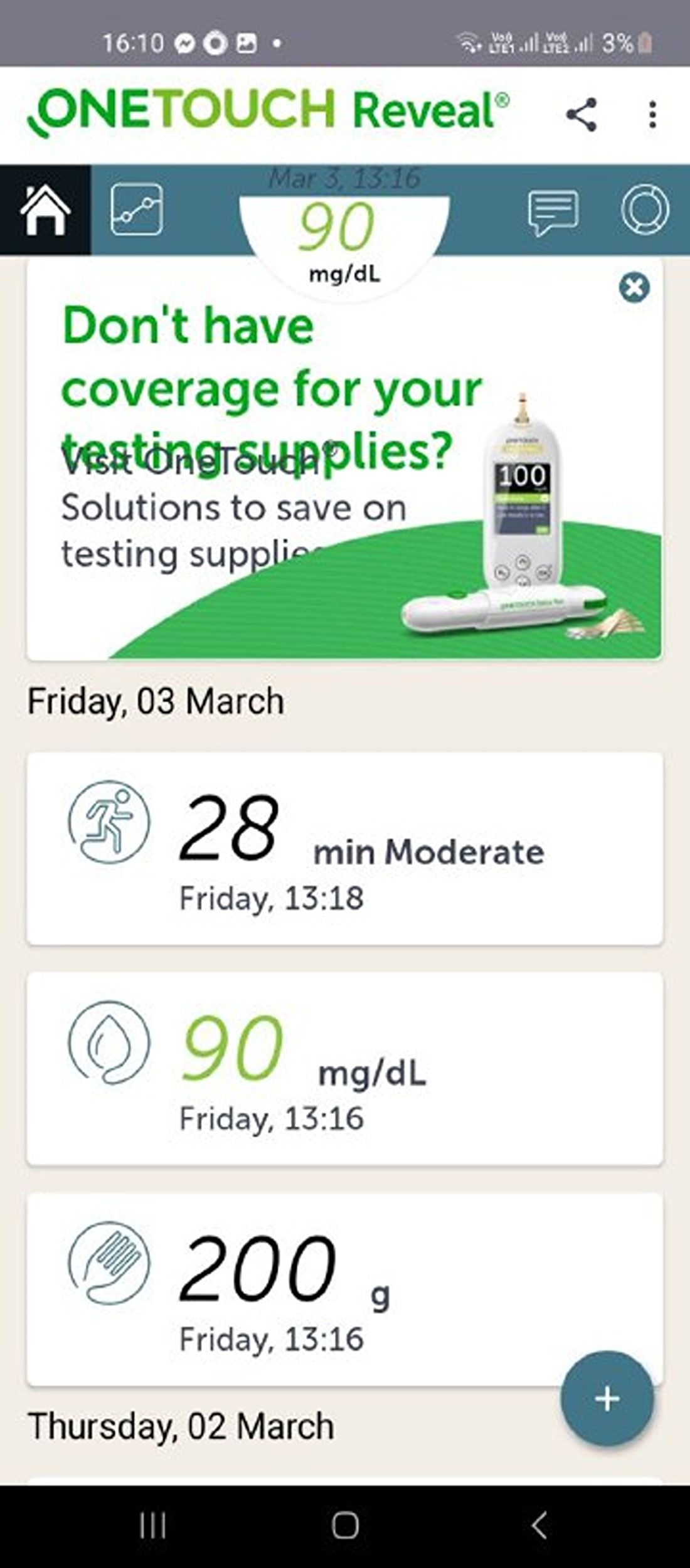
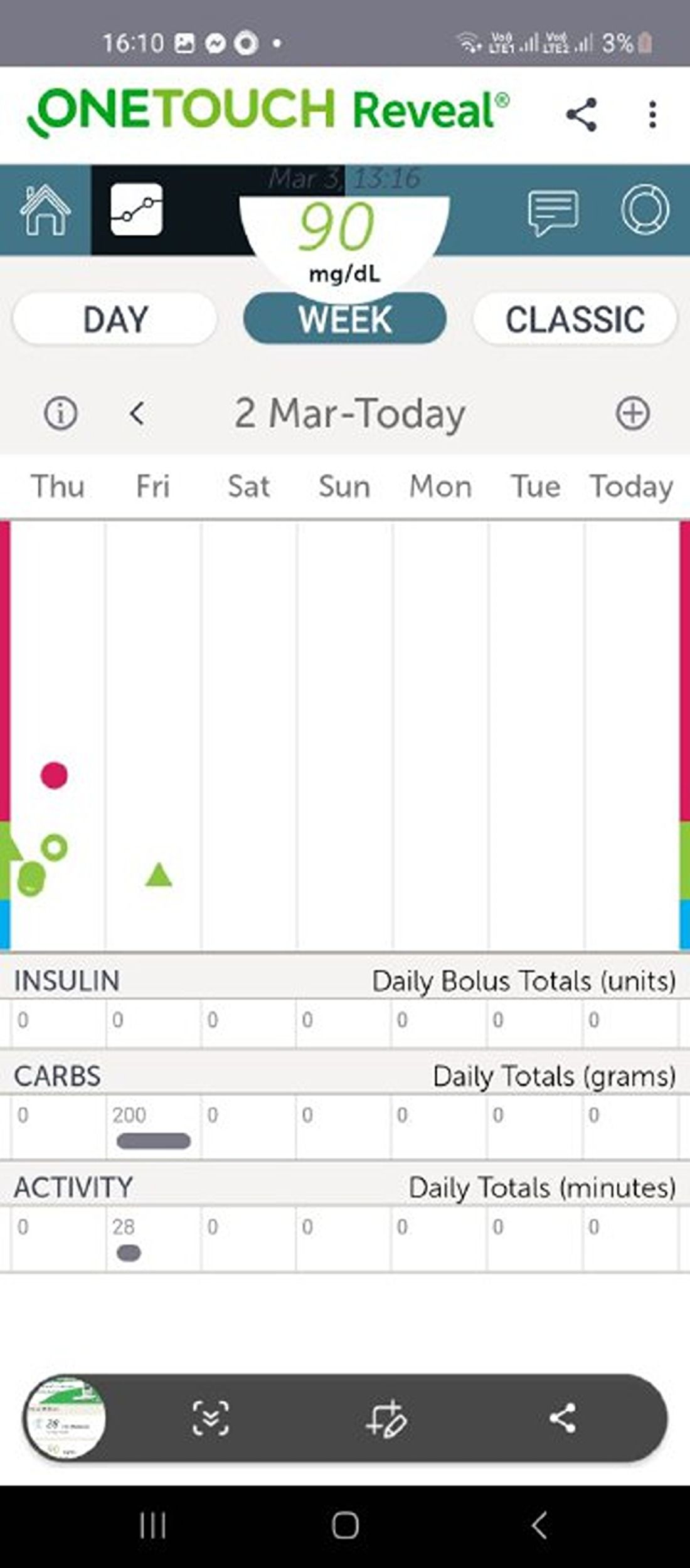
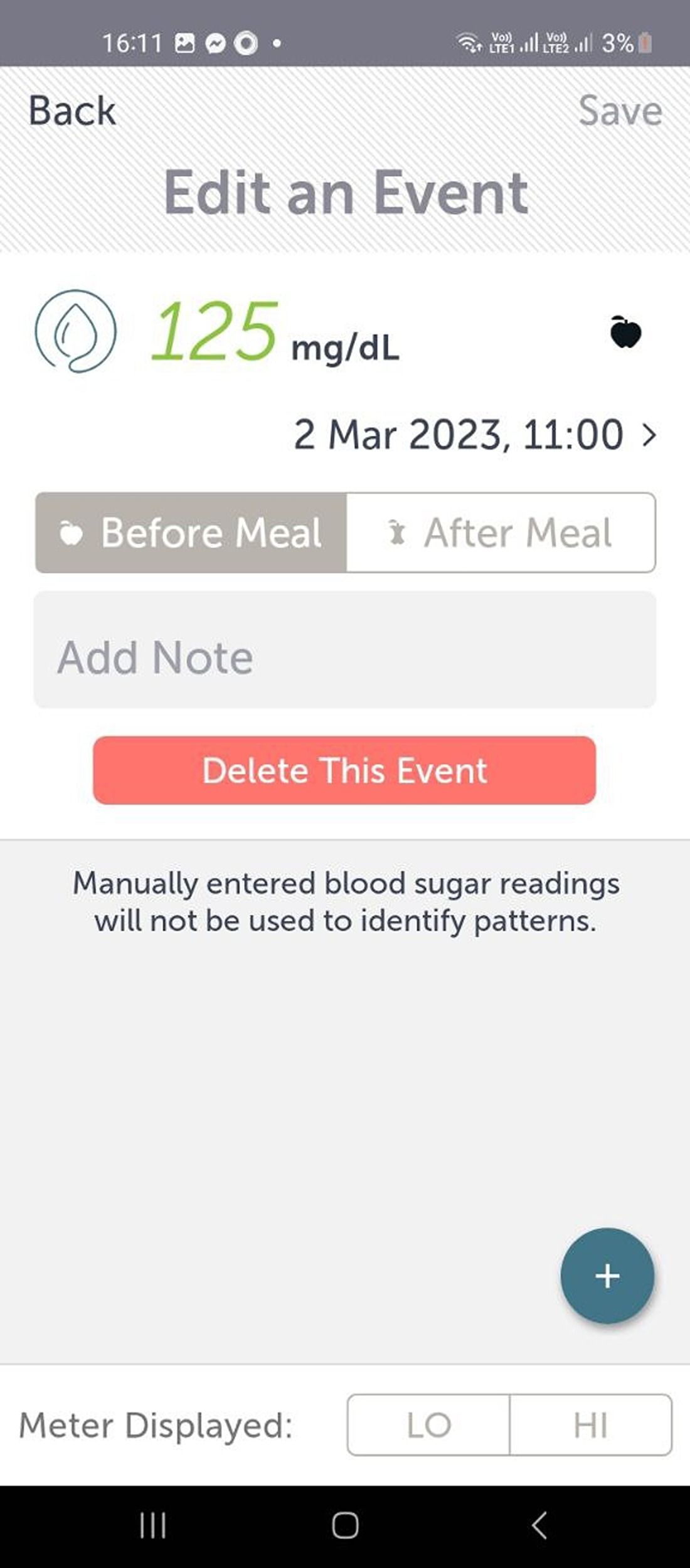
The OneTouch Reveal app is a diabetes management application that helps you monitor blood glucose levels, insulin doses, and other important health metrics. You can enter your blood glucose readings manually or sync them from a compatible OneTouch glucose meter.
To get started, sign up for an account. Add an event such as blood glucose readings, insulin dosage, and more by clicking the plus (+) icon. You can view and identify patterns in your readings via charts and graphs, and log your blood glucose readings and insulin doses daily, weekly, or over a set period. Toggle on reminders to alert you to check blood glucose levels.
With the HbA1c Comparator, you can check how your hemoglobin levels compare to your average blood glucose value for the past three months. You may sync data from health apps such as Google Fit or Fitbit. This can help you manage your diabetes better or get in touch with your doctor if you feel like something isn't right.
Download: OneTouchReveal for Android | iOS (Free)
2. Record Blood Pressure Highs/Lows
High blood pressure, also known as hypertension, can be a major risk factor for adults. It can cause the heart to work harder to pump blood through the body. Over time, this can cause the heart muscle to become thick and stiff, increasing the chances of cardiac failure.
You need to monitor blood pressure (BP) levels regularly. According to Harvard Health, anyone with a reading of 130/80 mm/Hg or higher has an elevated BP level.
For starters, you can use smart blood pressure monitors to monitor your heart health. These devices come with inflatable cuffs that you wrap around your upper arm. The cuff is connected to a small computerized device that automatically inflates and deflates the cuff to measure your blood pressure. Most digital blood pressure monitors use the oscillometric method to detect volume changes and resistance of blood flowing through your arteries.
The monitor then calculates your systolic and diastolic blood pressure based on these vibrations and displays the results on a screen. These blood pressure tracker apps can also help keep a record of your blood pressure readings.
3. Monitor Triglycerides
Cholesterol test kits and lipid tests work to measure triglycerides and cholesterol levels by using a small sample of blood. These kits are less invasive than regular blood tests, but your doctor may recommend doing both if you have high cholesterol or other risk factors for cardiovascular disease.
At-home cholesterol test kits (like the test kits listed on Healthline) come with lancets and involve minimal pain. The instructions should be followed carefully to ensure accurate results.
Alternatively, you can also use Cardi.Health—an all-in-one comprehensive app to monitor your blood pressure and cholesterol levels. You can record blood pressure and pulse readings with the Cardi Monitor device and organize important health information in the app.
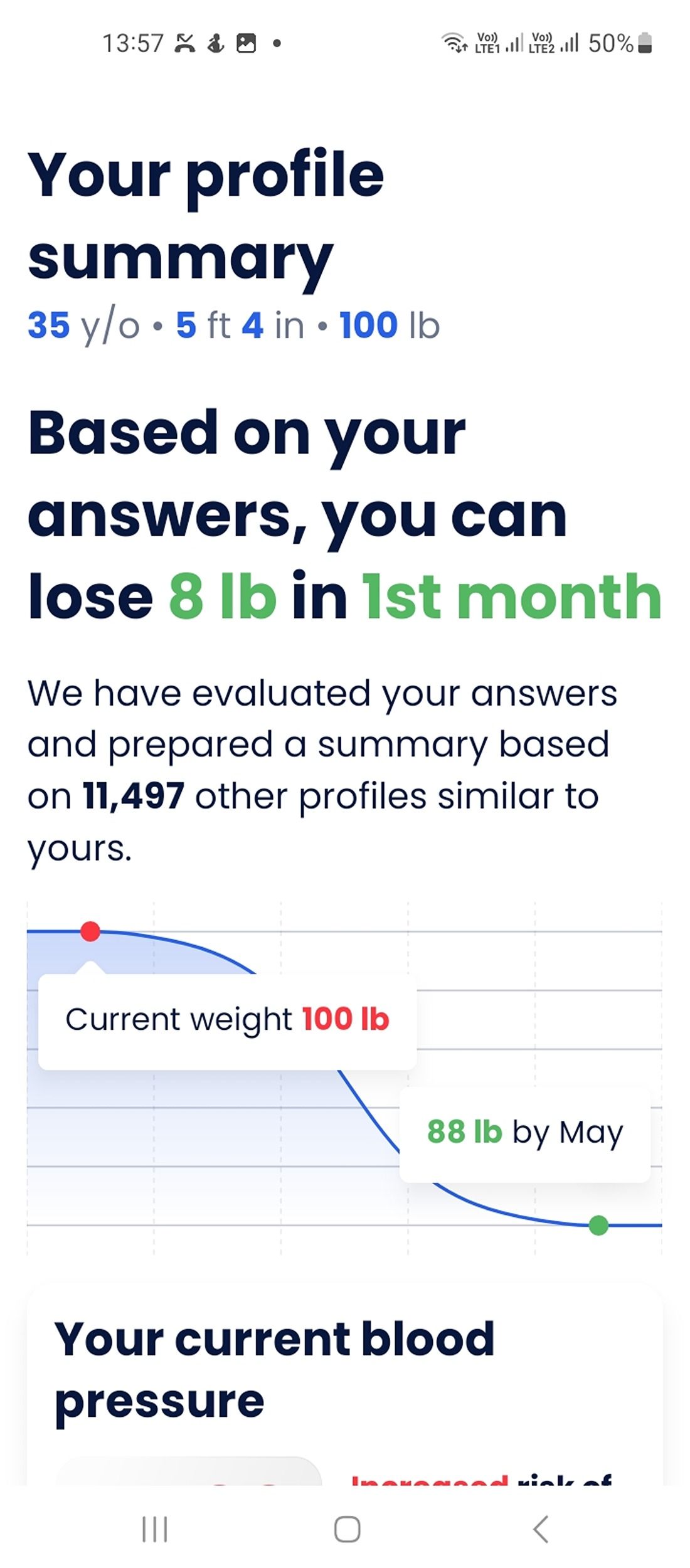
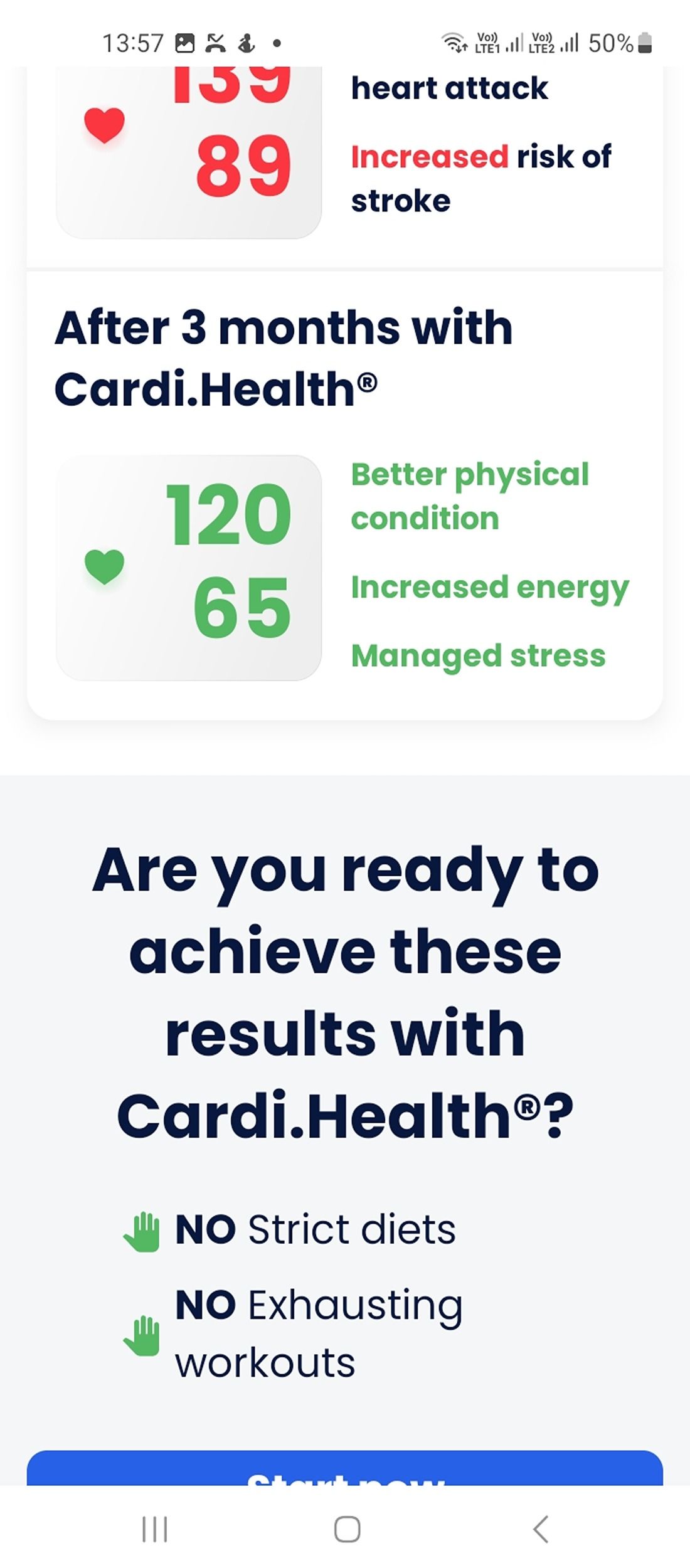
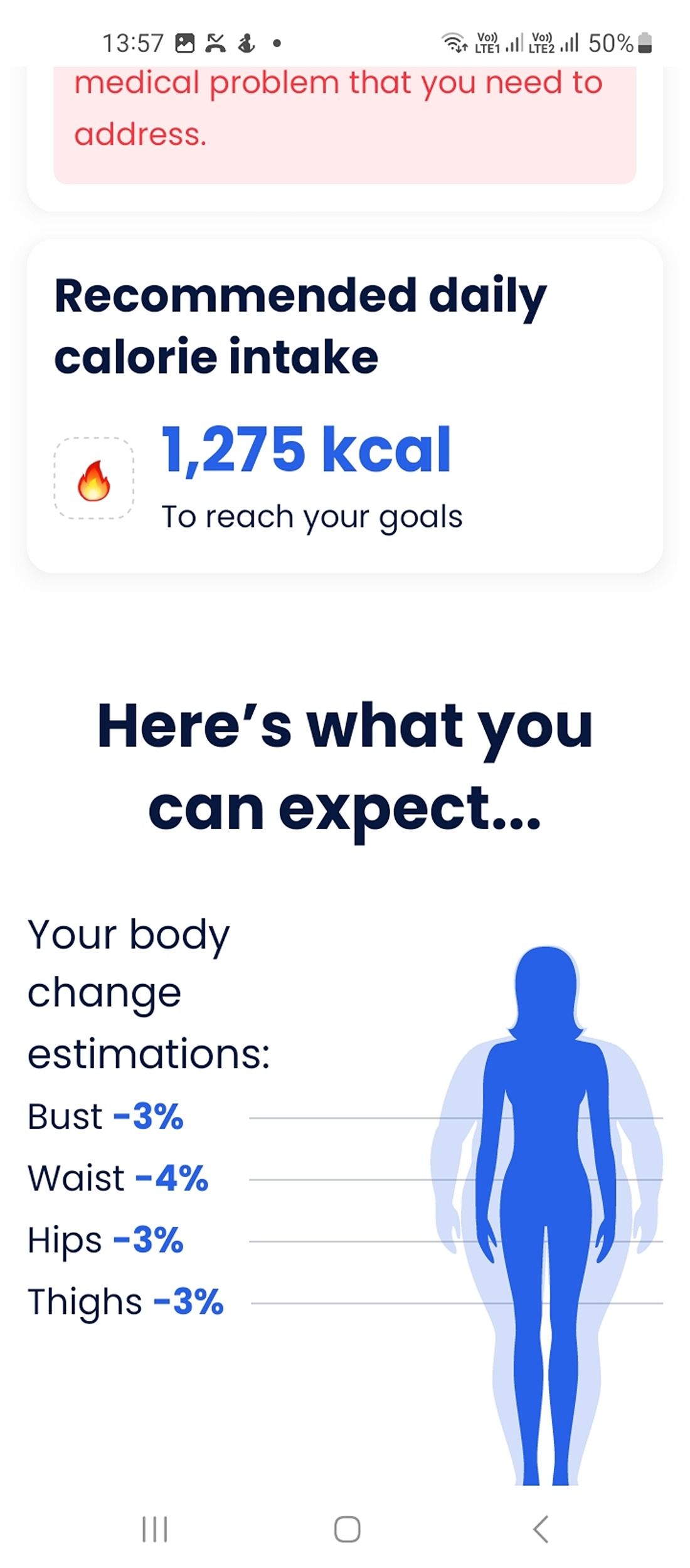
The premium version of the app provides you with advanced, real-time insights. You can generate reports by sharing details with your healthcare provider. Make sure to set up medication reminders and cholesterol tracking to remain in control of your cardiovascular health.
Download: Cardi.Health for Android | iOS (Free, subscription available)
4. Measure Your LDL Cholesterol
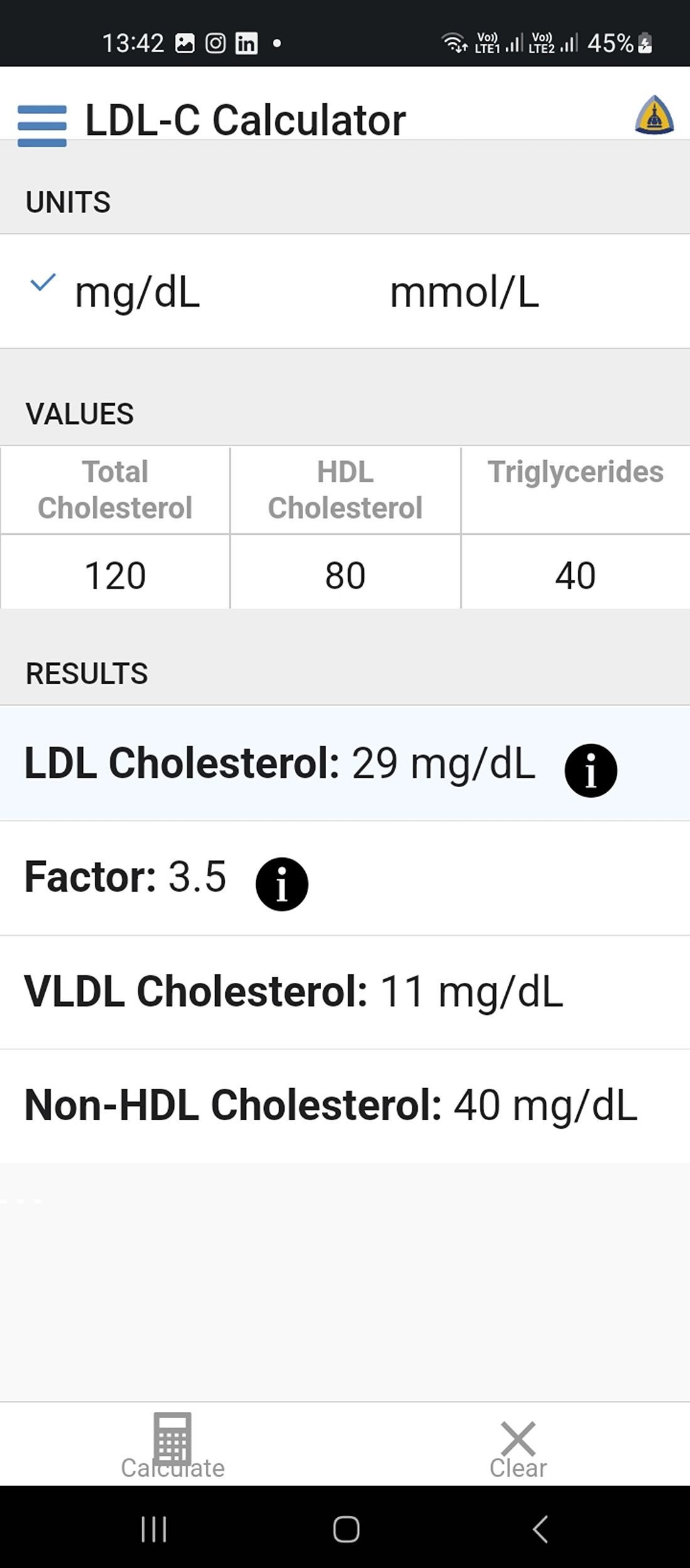
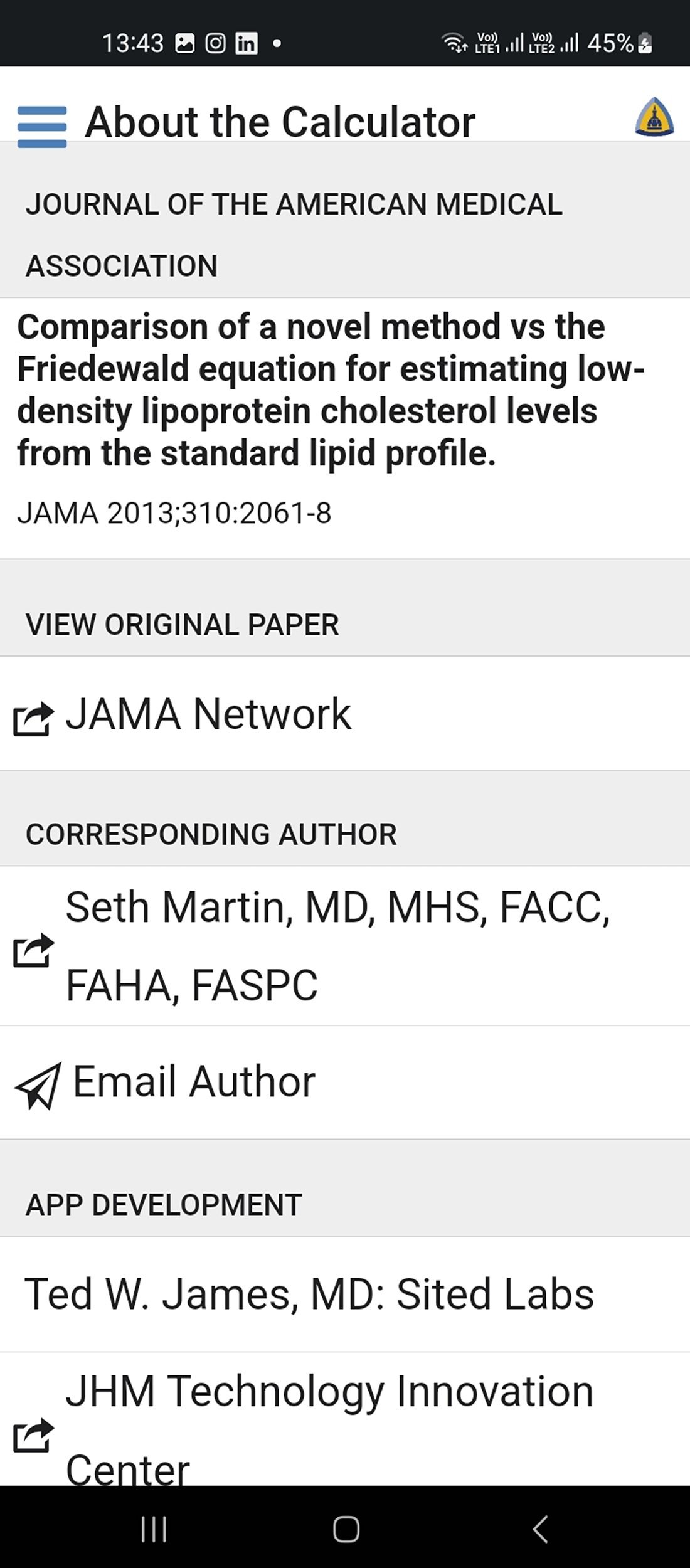
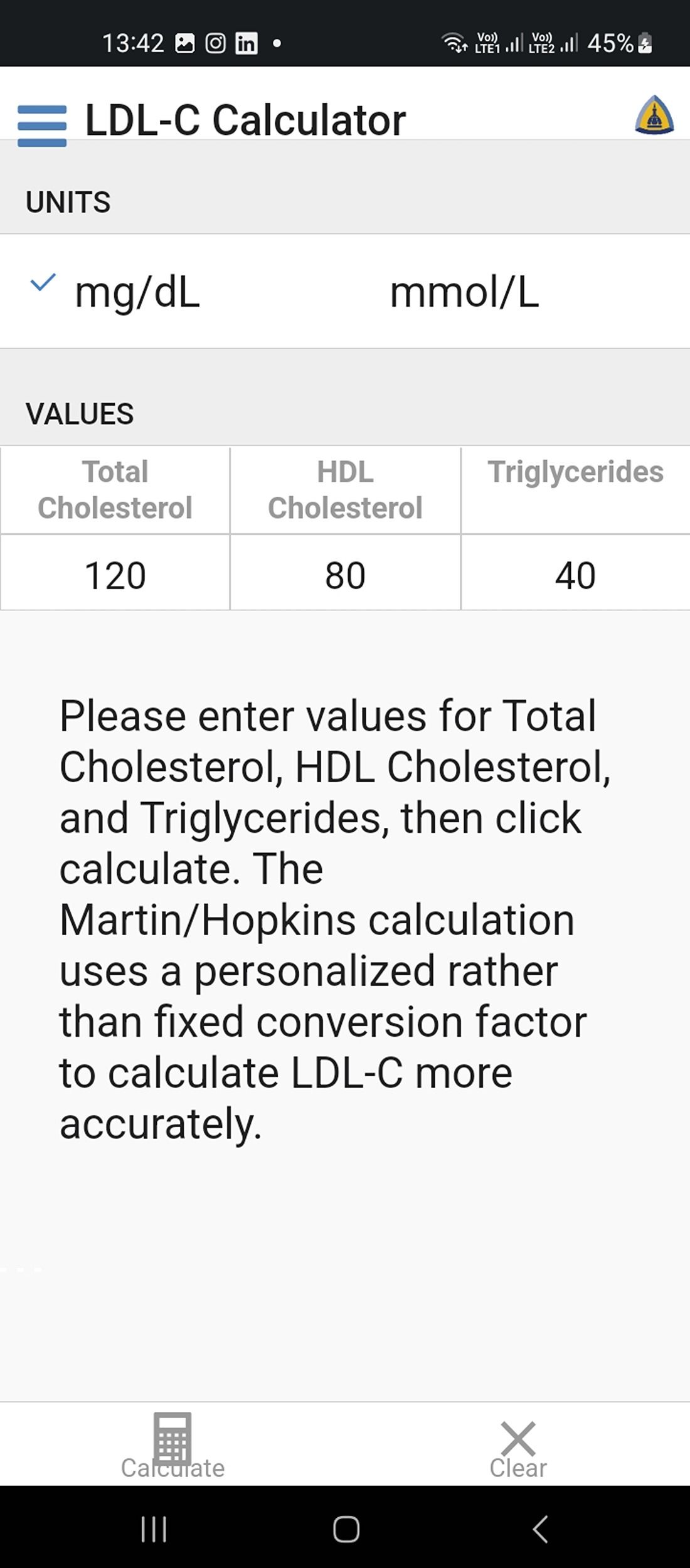
LDL (low-density lipoprotein) cholesterol is a type of fat that can build up in your blood vessels, causing damage to your heart. LDL cholesterol is especially high in saturated fats and trans fats. According to this article by WebMD, the optimal level of cholesterol in adults should be less than 100 milligrams per deciliter (mg/dL).
The LDL Cholesterol Tracker app is developed by the Ciccarone Center for the Prevention of Cardiovascular Disease at John Hopkins. It is a pretty simple way of measuring your LDL cholesterol levels. You'll only need to input three measures—total cholesterol, triglycerides, and HDL cholesterol, and tap Calculate.
The app bases its calculations on a personalized factor for each individual using the Martin/Hopkins equation, which is an improvement over the traditional Friedewald equation according to a study in Clinical Biochemistry. You'll get the values of LDL cholesterol. VLDL cholesterol, and non-HDL cholesterol.
Download: LDL Cholesterol Tracker for Android | iOS (Free)
5. Check Your Waist Circumference
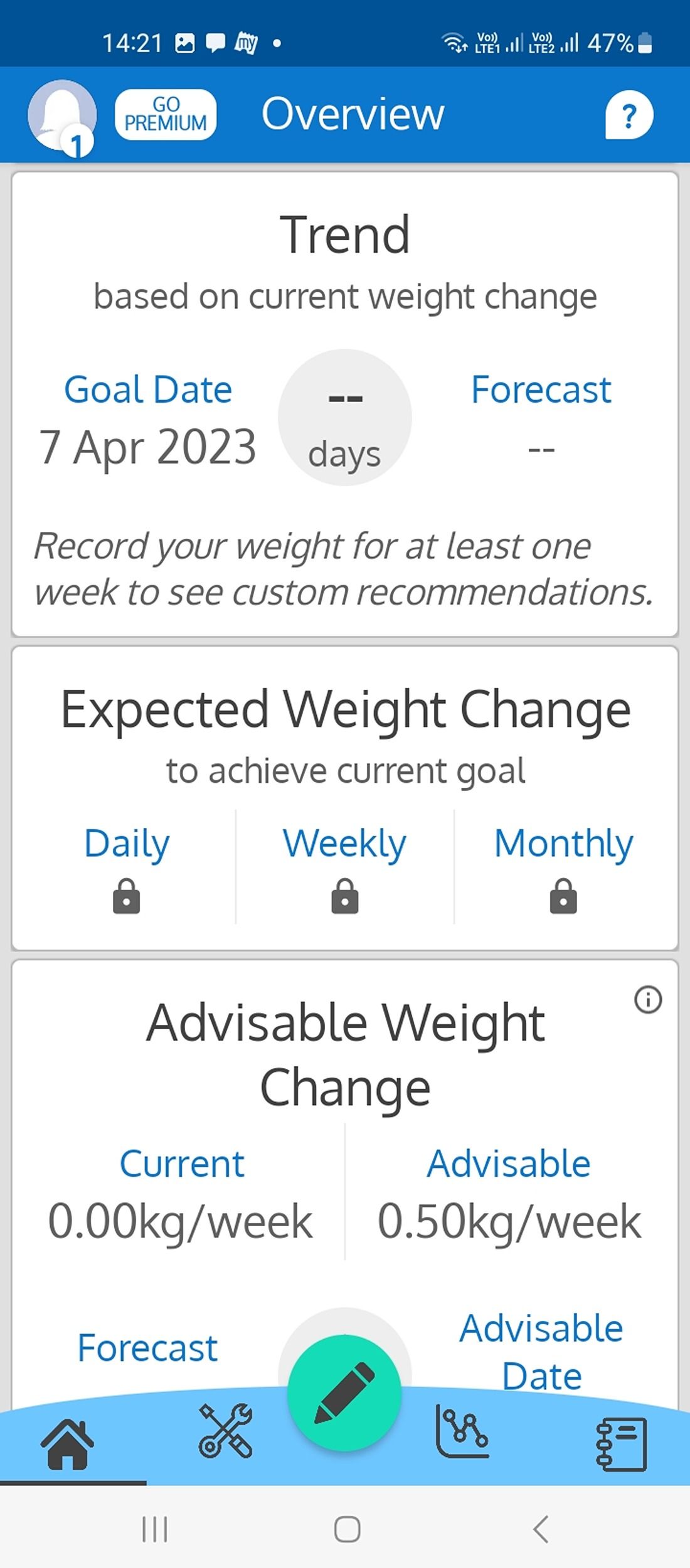
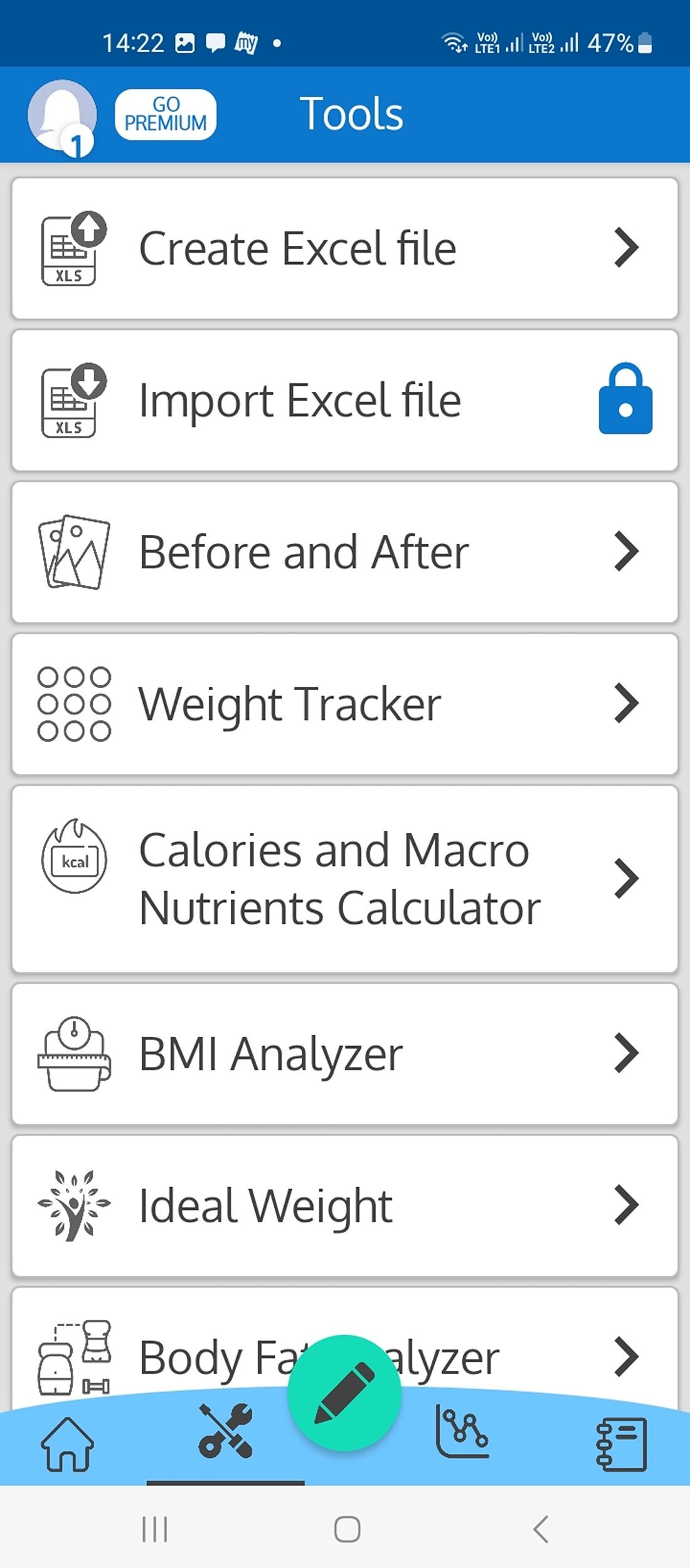
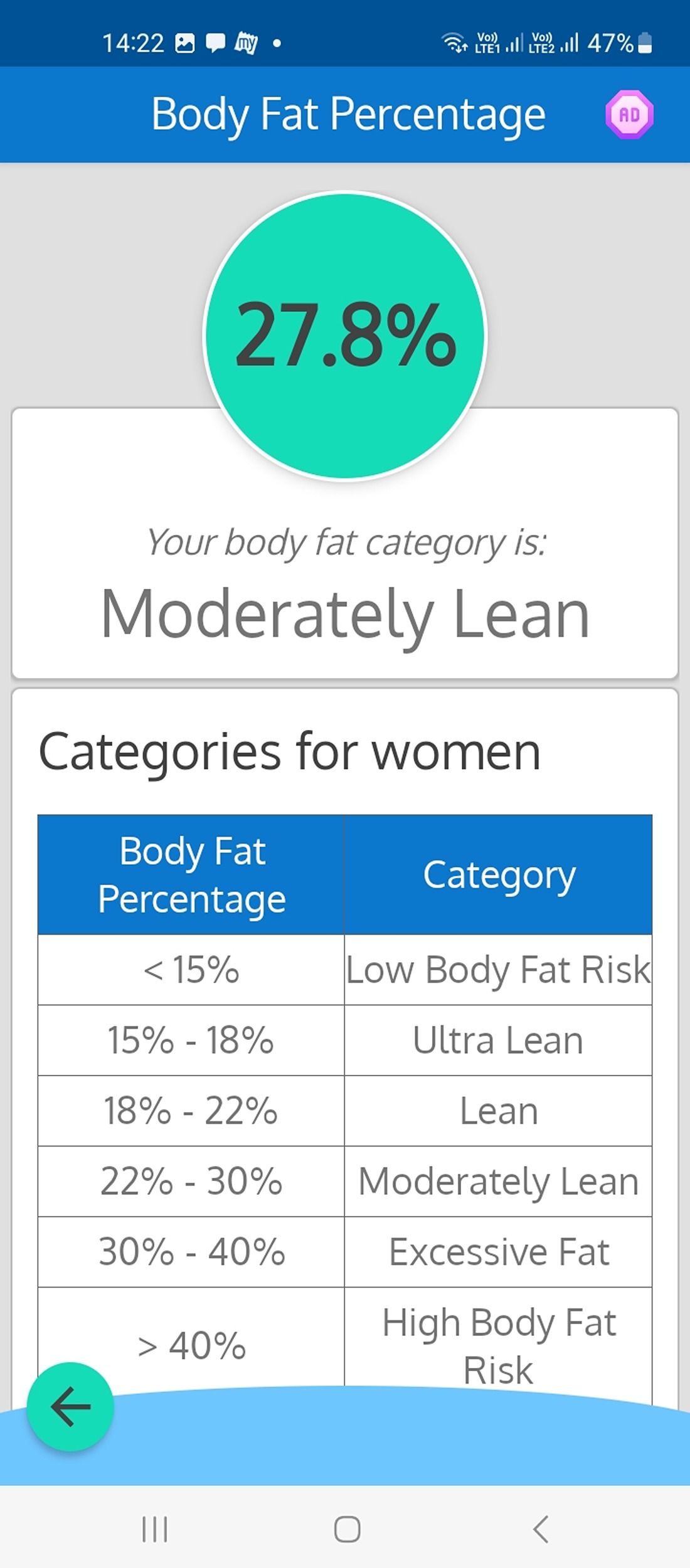
Waist circumference is an indicator of body fat levels. This is an important metric since it can help you identify areas of your body that are susceptible to weight gain, and whether you're at risk for diseases like diabetes and high cholesterol.
The Weights and Measures Tracker app is one such tool that can help you track your BMI and physical attributes and understand how you're progressing over time.
The Calorie and Macronutrients Calculator feature lets you choose a calorie goal and pick your choice of diets or choose your ratio of macros. You can analyze data on your weight with the Weight Tracker to see if there are any trends or patterns developing over time.
To get started, set up your profile by entering your basic information, such as height, weight goals, date of birth, and gender. Next, navigate through the app and enter your health data and other body measurements such as chest, hips, waist, and more. The app will then calculate your BMI and body fat percentage.
You can compare this with the ideal body fat percentage levels in the Body Fat Analyzer section. As you record more data, the app gives you a detailed breakdown of your weight and BMI, weekly calorie intake, and calories burned.
You can track your progress over time by entering your measurements regularly and tracking them in an easy-to-read graph. Then, adjust your goals as needed. The premium version of the app includes personalized reports, multiple photo-journaling features, and more.
Download: Weights and Measures Tracker for Android (Free, in-app purchases available)
6. Track Physical Activity and Heart Rate
Physical activity is crucial for maintaining a healthy heart and cardiovascular system. Use wearable devices, such as smartwatches, or activity tracker apps to help you ensure that you're getting enough movement through the day. You can set goals for yourself through their step counter, workout log, and distance tracking features.
A normal resting heart rate is usually between 60 and 100 beats per minute. You can use your smartwatch to get real-time feedback on your resting heart rate during exercise or throughout the day.
7. Log Your Calorie Intake
Calorie intake is a key factor in weight loss and maintenance, as well as heart health. Logging your food intake with nutrition and calorie counter apps can help you understand how many calories you're consuming, which will help you create a calorie budget that works for your lifestyle.
You can adjust for any food sensitivities or allergies that may be present in your diet. Not only that, but you can also make sure you're consuming a balanced diet that is low in saturated and trans fats, added sugars, and sodium for a healthy heart.
You may also want to avoid portion sizes that are too large or small for your current goals. Most of these apps come with helpful resources and reminders to help you maintain a healthy lifestyle, such as reminding you to drink more water or suggesting healthy meal options.
Get Proactive by Using Technology for Your Heart Health
Knowing your health data, eating well, and following a fitness routine can all go a long way toward keeping your heart healthy. It's never late to do something proactive to keep those tickers ticking strongly. Do try to implement the tips in this guide, and you'll be off to a great start in your efforts to maintain a healthy heart.

